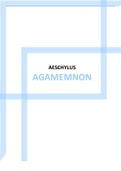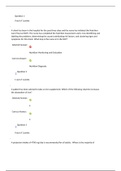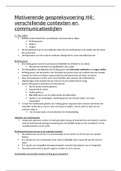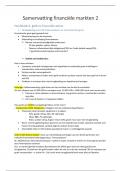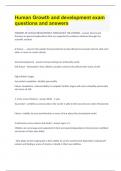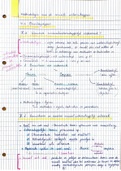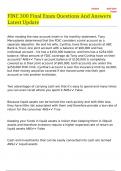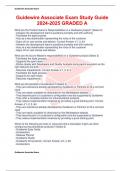Lecture notes
Class notes Aeschylus II Agamemnon 50 pages ISBN:9780226311470
- Module
- Institution
- Book
Aeschylus's Agamemnon is a timeless masterpiece of ancient Greek literature that explores the themes of justice, vengeance, political power, and family relationships. This tragedy is a landmark work in the history of Greek theater, offering a powerful commentary on the human condition and the force...
[Show more]
